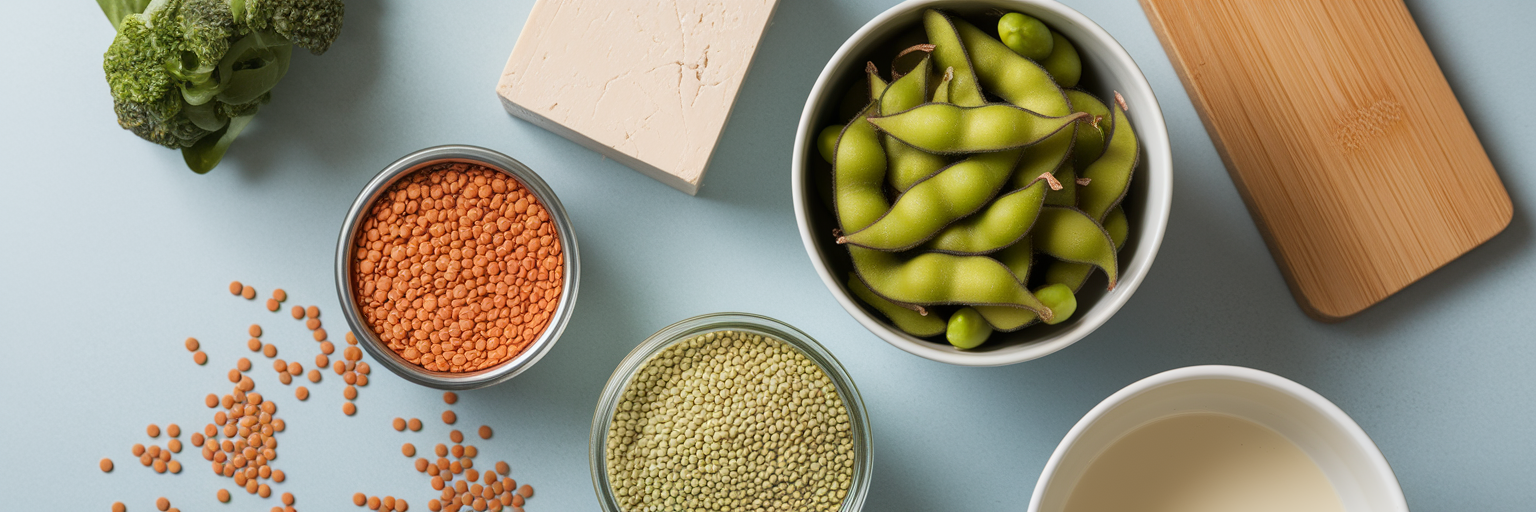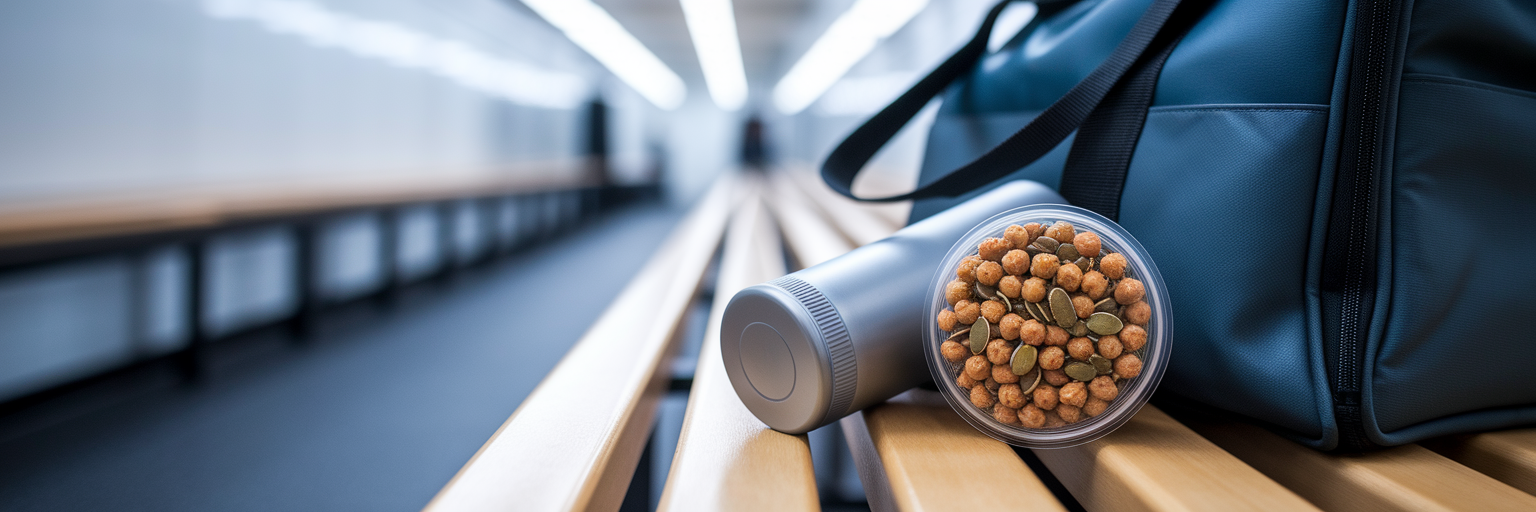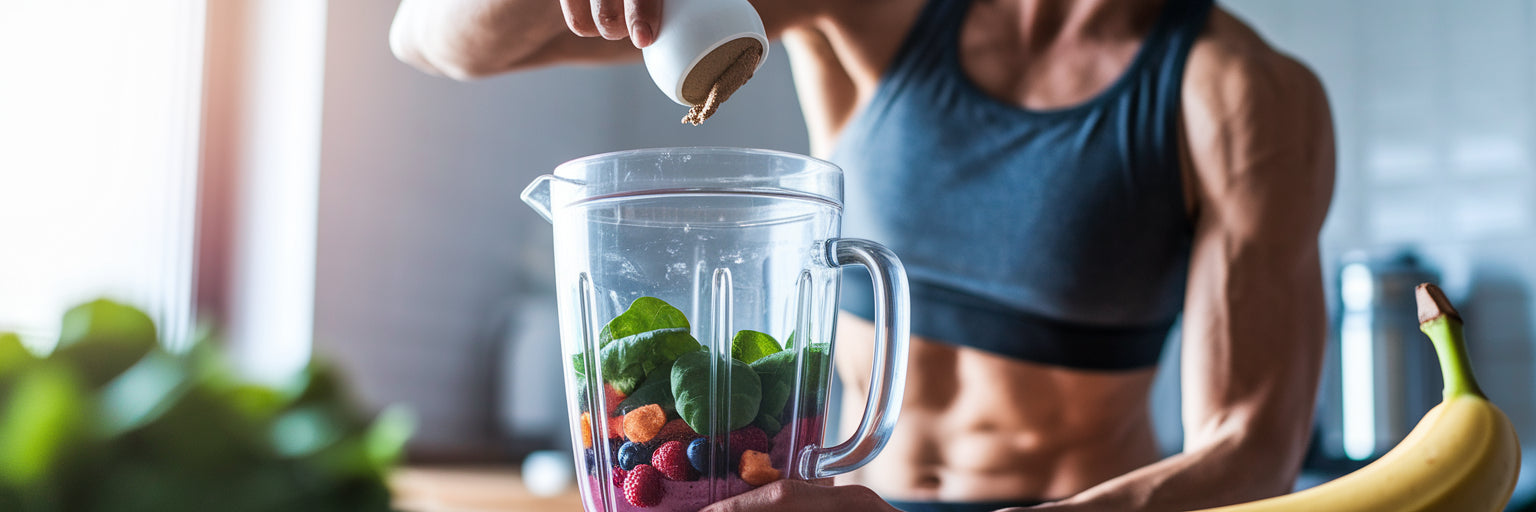Why Plant-Based Protein Works for Your Fitness Goals
Let's start by addressing that old-school gym myth: the idea that you can't build serious muscle on a vegan diet. We've all heard it. But thankfully, a wave of plant-powered athletes and a growing body of science have shown us what's really possible. Not only can you build muscle, but a well-planned vegan diet is fantastic for achieving what's known as body recomposition, which is the goal of building muscle while losing fat at the same time.
How does it work? Plant-based foods are naturally rich in fiber and micronutrients. This combination helps you feel full and satisfied on fewer calories, making it easier to maintain the slight energy deficit needed for fat loss without feeling constantly hungry. Think about it: a cup of lentils offers protein and fiber that keeps you full for hours, which is a different experience than many highly processed, calorie-dense alternatives.
The science is clear: as long as you consume enough of it, plant protein is just as effective as animal protein for muscle growth. The key isn't stressing over every single meal but focusing on your total daily protein intake and ensuring variety. This guide will walk you through exactly how to do that, turning your fitness goals into an achievable reality. For even more wellness insights to complement your journey, you can explore the ideas we've shared on our blog.
Figuring Out Your Daily Protein Target
Your protein needs aren't one-size-fits-all. They depend on your body, your activity level, and your specific goals. So, let's get practical and do some simple math to find your personal target. Don't worry, it's easier than it sounds.
For most active individuals, a good starting point is to aim for a specific range of protein per kilogram of your body weight. For general muscle maintenance, a range of 1.2 to 1.6 grams of protein per kilogram (g/kg) of body weight is effective. However, if you're actively trying to build muscle, especially while in a caloric deficit to lose fat, you'll want to aim higher. For serious vegan protein for muscle gain, a target of 1.6 to 2.2 g/kg is the sweet spot.
Here’s how to calculate it for a 150-pound person:
- Convert your weight to kilograms: 150 lbs ÷ 2.2 = 68 kg
-
Calculate your daily protein range:
- Lower end (for building): 68 kg x 1.6 g/kg = 109 grams of protein per day
- Higher end (for building): 68 kg x 2.2 g/kg = 150 grams of protein per day
So, a 150-pound person should aim for roughly 109 to 150 grams of protein daily. Why so much? When you're eating fewer calories to lose fat, a high protein intake helps protect your hard-earned muscle from being used as energy. This ensures the weight you lose is primarily fat, not muscle. As experts at Houston Methodist confirm, meeting these higher protein targets with plant-based sources is a highly effective strategy for athletes.
Your Go-To High-Protein Vegan Foods

Now that you have your protein target, let's stock your kitchen. Building a high-protein vegan diet is all about knowing which foods give you the most bang for your buck. Here are some of the best plant based protein sources to add to your grocery list.
- Soy Products: Extra-firm tofu, tempeh, and edamame are champions of versatility. Tofu and tempeh are fantastic at absorbing flavors and provide a solid 15-20 grams of protein per serving.
- Legumes: Lentils, chickpeas, and black beans are not only protein powerhouses but also packed with fiber to keep you full. A single cup of cooked lentils offers around 18 grams of protein.
- Meat Analogs: Seitan, made from wheat gluten, is a standout. It has a uniquely meaty texture and boasts an impressive 20-25 grams of protein per 3-ounce serving, making it one of the most protein-dense options available.
- Nuts and Seeds: Hemp seeds, chia seeds, and pumpkin seeds are excellent for sprinkling onto salads, oatmeal, or smoothies for an extra protein boost. Just be mindful of portions, as their healthy fats also make them calorie-dense.
You might be wondering about "complete proteins." The old idea that you need to perfectly combine specific foods like rice and beans in every single meal is outdated. Your body maintains a pool of amino acids, so as long as you eat a variety of high protein vegan foods throughout the day, you'll get everything you need. If you're looking for inspiration, check out these 3 easy vegan protein recipes you'll actually crave.
| Food Source | Serving Size | Protein (Approx. Grams) | Best For |
|---|---|---|---|
| Seitan | 3 oz (85g) | 20-25g | Low-carb muscle building |
| Lentils (cooked) | 1 cup | 18g | Muscle gain with fiber & energy |
| Extra-Firm Tofu | 3 oz (85g) | 15-20g | Versatile for any meal |
| Tempeh | 3 oz (85g) | 15-18g | Gut health (fermented) & protein |
| Edamame (shelled) | 1 cup | 17g | Easy snacking & meal prep |
| Hemp Seeds | 3 tbsp | 10g | Adding protein & healthy fats to meals |
Note: Protein content can vary by brand and preparation. These values are typical estimates to help guide your meal planning.
Structuring Meals for Body Recomposition
With your protein target and grocery list ready, it's time to talk strategy. A successful vegan bodybuilding meal plan for body recomposition isn't about restriction; it's about smart structure. The goal is to create a slight caloric deficit for fat loss while giving your body the fuel it needs to build muscle.
A simple yet effective approach is to manage your carbohydrates around your activity. On days you're hitting the gym, plan to eat your more carb-heavy protein sources like lentils, beans, and quinoa around your workout. This provides the necessary energy to perform your best and replenish glycogen stores afterward. On rest days or for other meals, you can lean more on lower-carb, high-protein options like tofu, seitan, and protein shakes to keep your protein intake high while managing overall calories.
When thinking about how to lose fat on a vegan diet, don't forget healthy fats. Sources like avocado, nuts, and olive oil are essential for hormone health and overall wellness. However, they are calorie-dense, so measuring your portions is a good practice to ensure you stay in that slight caloric deficit. The biggest mistake people make is cutting calories too drastically. This can backfire, leading to muscle loss and fatigue. A sustainable, moderate approach is always the most effective path to long-term success.
When to Eat for Optimal Muscle Repair

You've figured out what to eat and how much, but what about when? The timing of your protein intake can play a supportive role in your results. It all comes down to a process called Muscle Protein Synthesis (MPS), which is simply your body's process of repairing and building muscle tissue. Your goal is to keep this process active throughout the day.
Instead of consuming most of your protein in one or two large meals, aim to spread it out evenly. Research from sources like VeganHealth.org on sports nutrition suggests that consuming 20-30 grams of protein per meal, spread across 3-5 meals, is an effective way to maximize MPS. This provides your muscles with a steady supply of amino acids for repair and growth.
What about the famous "post-workout window?" While it's not the 30-minute emergency it was once thought to be, it's still a great practice to have a protein-rich meal or snack within a couple of hours after your workout. This helps kickstart the recovery process when your muscles are most receptive. Here are a few easy ideas:
- A quick pea protein shake
- A container of high-protein soy yogurt
- A handful of roasted edamame or chickpeas
- A slice of toast with peanut butter and hemp seeds
Should You Use Vegan Protein Powders?
This is a question that comes up a lot, and the answer is simple: protein powders are a convenient tool, but they are not a requirement. Think of them as a helpful supplement to a well-planned, whole-food diet, not a replacement for it.
The main benefits of using a vegan protein powder are straightforward:
- Convenience: They make it incredibly easy to hit high protein targets, especially on busy days.
- Recovery: A shake is a quick and easily digestible way to get protein in after a workout.
- Versatility: You can add them to smoothies, oatmeal, or even baked goods to boost the protein content.
Common types include soy, pea, brown rice, and blends, which are often formulated to provide a balanced amino acid profile. If you're wondering which type is right for you, our guide to the best protein powders can help you decide. A high-quality blend, like our Chocolate Vegan Protein, is an easy way to get 20g of protein post-workout and can make hitting your goals feel like a treat. Ultimately, the best approach is always "food-first." Build your diet around the rich, whole-food sources we discussed, and use a protein powder to fill in the gaps when you need it.



